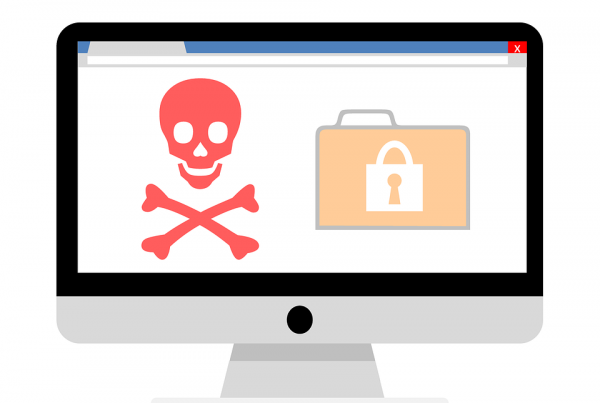The term lead generation o lead generation describes the customer acquisition procedure and the measures that lead potential customers or leads to show interest in a product or service. A lead is considered to be a data record that the interested party makes available to the company on a voluntary basis. Lead generation can be part of B2C and B2B marketing. However, it is not limited to individual methods or strategies.
New customer acquisition encompasses very different approaches and practices, which can be categorized according to the media used, the pull and push principles, or the focus on quantity or quality. They can be grouped as lead management.
General information
Dialog marketing is the classic approach to lead generation. Customers are contacted by multiple means to get a response, for example in the form of an order with which the customer also provides their contact details for later use.
Changes through electronic commerce
The development of electronic commerce has changed the possibilities of lead generation. The potential customer can still be contacted directly, but more and more attempts are being made to obtain potential customers through indirect methods. Inbound marketing and permission marketing are good examples of this.
Lead generation goal
The goal of lead generation is not basically to land a potential customer in the form of data entry, as in a sweepstakes. The real goal is to get a new customer who is interested in Product X or Service Y, and is "ready to sell." It is a qualified lead, who will most likely become a new customer because they have a specific motivation and do not want to earn anything.
Types of lead generation
A lead is determined by the strategic orientation of a campaign.
- Is the goal to generate a high number of leads or only certain leads should be generated (quantity versus quality)?
- Through which channels does the company receive the leads it seeks (decision on the medium / channel)?
- How is the campaign defined and implemented (push vs pull)?
These questions should be answered before lead generation begins, as it can help save resources for the company. The answers to these questions depend, in most cases, on the type of industry and companies.
The basic types of lead generation are as follows:
- Outdoor / outdoor: Fairs, promotions, giveaways or event collaborations can generate leads.
- Phone: Call centers can receive incoming calls and interest potential customers on a specific topic. In addition, outgoing calls are possible. Take into consideration, however, the legal regulations for cold calls.
- On-line: websites, emails, newsletters, reports, webinars, landing pages, social networks, blogs, downloads or online magazines can create leads. Search engine optimization and SEO marketing can also support new customer acquisition. The possibilities on the Internet are very diverse.
- Printed press: Magazine ads with discount coupons or direct business promo letters with response letters can generate leads.
Incentives are used in many types of lead generation in order to motivate them. They can be special offers, discounts, or free trials. Legal aspects must also be observed for some types of lead generation. For example, there must be an opt-out option for newsletters, and data transfer in a web form must have an opt-out button. The customer must expressly express your consent with special types of leads before the company can generate a data record. A double opt-in is the common process.
Advantages Disadvantages
Electronic lead generation methods have the advantage that leads are already in the form of records once generated. Web forms, newsletter or webinar registrations already contain leads in a certain format and can be easily saved. Lead reporting is much more complex with offline media. This also affects the segmentation of the leads. The more complex the data sets, the more difficult it is to evaluate and map them to the correct sales method. Scattering losses can occur.
Generating leads in online media seems to be much more practical, but it also takes resources. Lead scoring is critical for leads generated from online and offline media. Thus, according to certain criteria, referrals are divided into good and less good contacts. The more data that is available, the easier it will be to score. Potential customers can also be bought. This operation is only legally permitted if the interested parties have given their consent for the use of their data by third parties. In spite of everything, the concept of the transmission of leads can have negative effects on the image of the company. This is the case, for example, if users receive newsletters to which they have not directly subscribed.
Since prospects are qualified leads, companies can use the right strategy to achieve a high degree of accreditation in certain target groups and secure market shares in their industry. Affinity of stakeholders on the subject is recommended. A certain rhythm of campaigns must be considered. A campaign that is within the legal framework but that involves frequent emails could harass potential customers and thus have a negative effect.
Generating potential leads can have its limits. For example, giveaways and contests could provide many clues, but it is possible that many users only entered because they wanted to win an attractive prize and were otherwise not interested in the company, its products, or its services. For this reason, the prizes for lead generation with giveaways should be as relevant as feasible to what the company offers.
Relevance for online marketing
Lead generation plays a central role in online marketing. Methods such as content marketing, permission marketing or inbound marketing aim to generate contacts and marketing products, services or your own image. Commercial promotion in search engines can also be implemented to generate leads. The more leads a company generates, the greater the scope of future campaigns and, surely, the revenue, if the leads are converted into sales. Lead generation success can be measured using different values. For example, ROI, social return on investment, and conversion rate. Monitoring is recommended to react quickly and make the most of subsequent campaigns.
Web Links





